It is no secret that I am a food photography enthusiast and I take advantage of any opportunity I come across to capture food images. Many asked me for tips on food photography but I would not call it tips, perhaps sharing is more appropriate because I am learning as well. I mentioned a few pointers such as minimal use of flash photography in my previous post but like to expand from there in this entry using images taken on my recent invitation to Canton Deli 廣東茶居 at Harbour City 海港城.
Most of my food images on this blog are taken on an ad-hoc basis which means non-studio setting with minimal use of external photography gears. One has to realize the differences and how each setting would affect the quality of the pictures. When such ad-hoc food images are taken during a normal meal on an everyday basis, one has to compromise with what they get on site with respect to props, lighting and time! A good example of heavy ad-hoc compromises is on taking Chinese food photography.
Lighting at Chinese restaurants is usually either too harsh, too red, too yellowish or too bright in casting excessive shadow. Well, not really a big problem if you are used to post-editing your images in RAW format.
The most challenging aspect of taking ad-hoc Chinese food photography in my opinion is the presentation (or the lack of it) in many Chinese dishes in comparison with western dishes. Stir-fried vegetables, sweet & sour pork, fried rice, stir-fried noodles or beef stew either come in a big lump / pile on a dish or a pot of some sort with minimal plating.
- I prefer to have the "food" occupying only 50%-60% of the whole frame with the rest focus on the setting or whatever props available on the table. With respect to landscape vs portrait orientation, it is really up to the photographer's preference, I prefer portrait because I can get more into the frame in order tell a story.
- Never just shoot macro food photography especially for Chinese food because it can get rather boring and "right in your face." Props and restaurant settings are equally important for casual ad-hoc food photography.
- Many Chinese dishes/plates are either circular or square in shape, try to take partial images like 2/3 the dish only. The rest of the 1/3 is usually exactly the same. as the rest. A sense of mystery can be interesting at times depending on the item of course.
- When it comes to wantons or noodles, scoop it up or do some action shots to make it more interesting
- Many times chopped items of similar colors are mixed together in Chinese dishes, try to play with your food a bit (food styling?) and attempt to make it as distinguishable as possible prior to your shot.
- Time management is very important in any ad-hoc food photography because the dishes served are the dishes you (or those dining with you) are going to eat!!! The dishes are not there just for the your photo shoot so you have to practice to capture the desired images as soon as possible, do think ahead and be nosy and look around to see the possible layout / presentation of the dishes being served.
- F/2.8 - 4.0 is my aperture preference because an excessive amount of bokeh can be confusing, there should be a relative clarity in the background in order to display the necessarily props / settings to construct a story. F/2.0 or below is great for dimly lit environment but you are sacrificing clarity at the same time. Take a few shots and review them on camera to see how you like them and adjust accordingly. Move around and avoid taking all shots at a 45 degree angle, go down to the dish level or stand up for an aerial shot.
- The most important is to have fun!!!
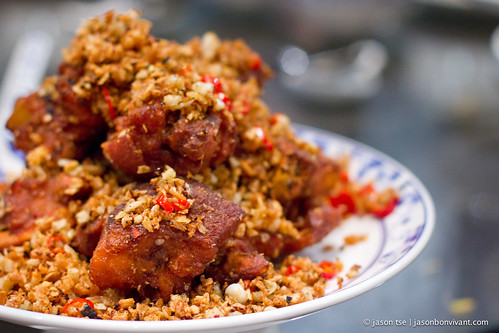
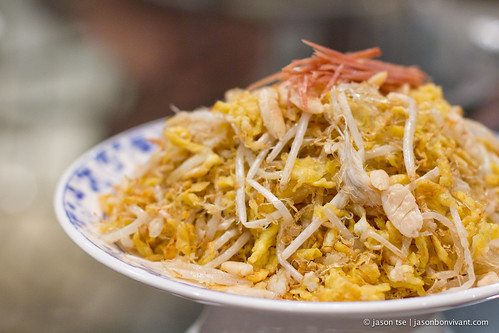
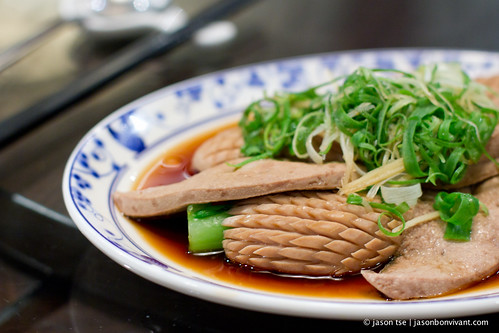

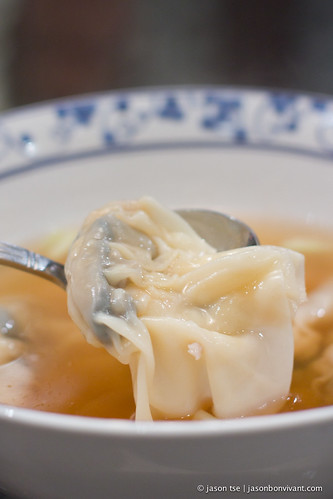
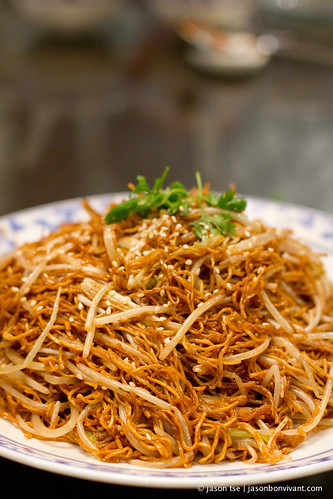
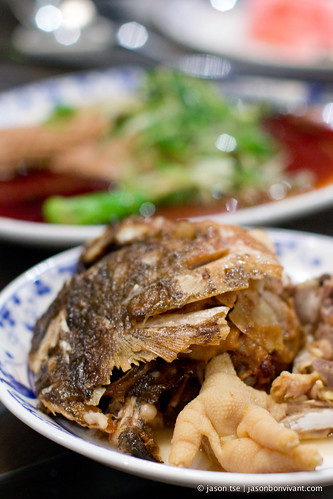

1 comment:
I realised I have been doing these tips unconciously, after seeing great shots from folks like Rita, Tom & Jen, and you!
Post a Comment